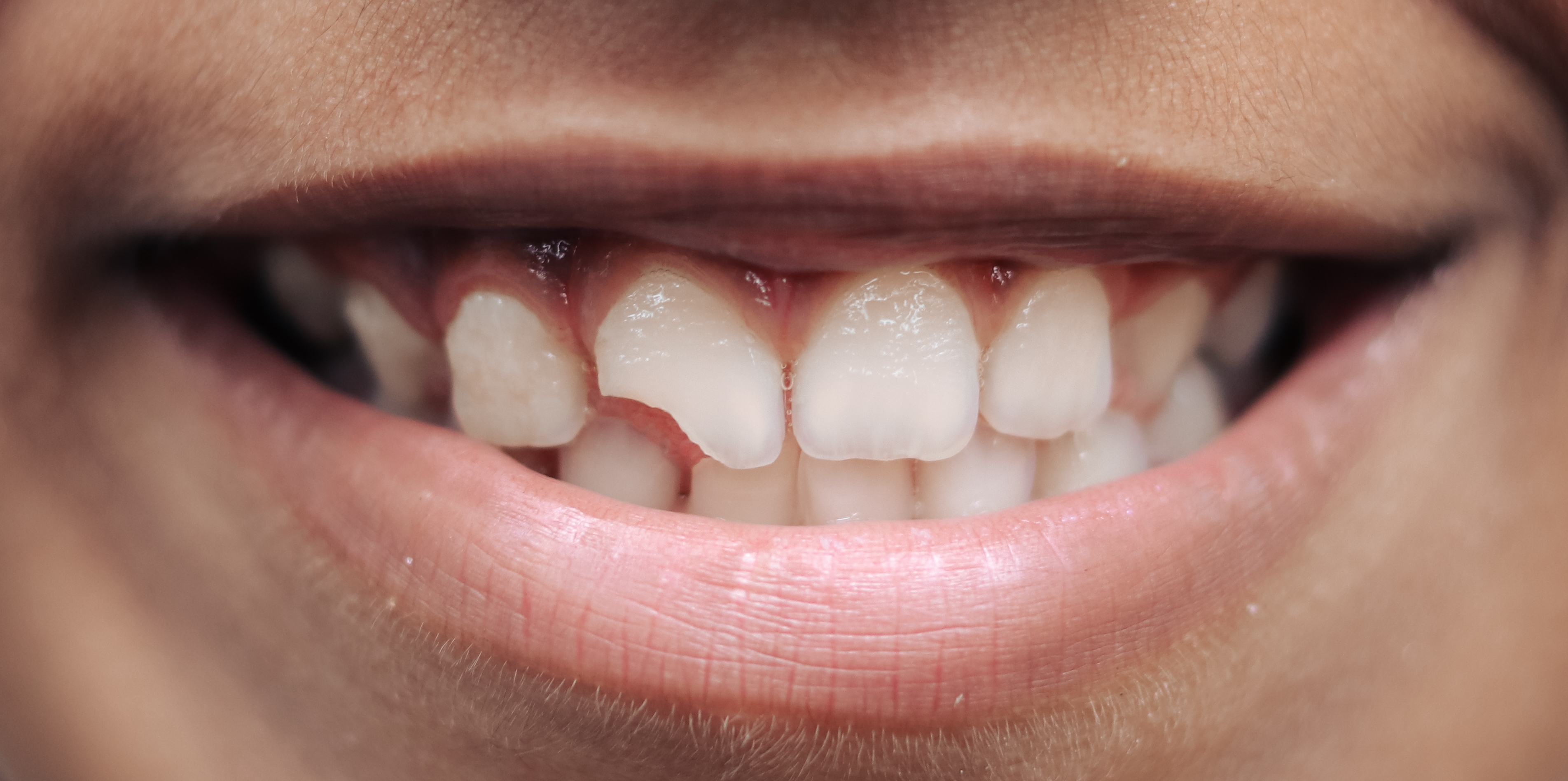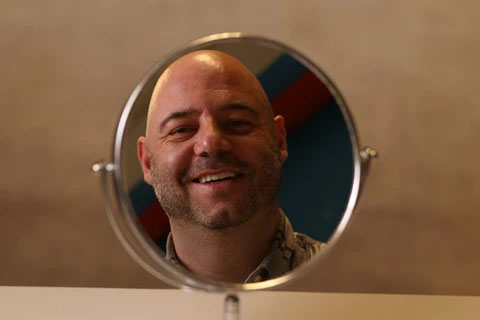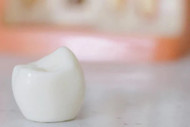How to fix a broken tooth at home
Your teeth are strong, but they can't handle everything. biting down on hard candy or falling onto the pavement may not seem like it would damage your teeth enamel , which is the hardest substance in your body, however it only takes one good hit for a crack to form.
It's not uncommon to have teeth that are chipped, fractured, or displaced. If this happens to you, it can be extremely painful and lead to dental problems that require immediate attention from a dentist. In this article, we'll go over what you should do if you find yourself in this situation.
What is tooth bonding?
Adhesives used in dental procedures go by the name "bonding." Though, both "dental bonding" and "tooth bonding" usually concern themselves with making cosmetic changes to a person's smile.
According to the American Dental Association, dental (or cosmetic) bonding is a procedure that dentists use to make changes to your smile.
For repairing smaller cavities in the front teeth, dentists use a composite resin that hardens into any shape. This material can be polished to look like a natural tooth once it has hardened.
At first, the color of the tooth-colored resin will be matched to your existing teeth. To attach the composite resin, they will need to roughen up your tooth's surface slightly, apply an adhesive layer, and then apply the putty-like substance. The dentist will form it into place until it is shaped like your desired tooth.
When the dentist is satisfied with the shape of the composite resin, he or she will use a powerful UV light to solidify the material quickly. Buffing out rough or uneven places and finally polishing the resin to match the rest of the patient's teeth are some of the finishing touches.
Once the resin has been cured, the patient is able to go home and return to their regular eating and drinking habits.

The benefits of dental bonding
Tooth bonding (also known as composite resin bonding) is a cosmetic procedure for improving the appearance of your smile. It is not a treatment for any medical or structural problems with your teeth. There are a few concerns, however, that it can address. These are some of them:
- Diastema is a term used to describe a group of (gaps between teeth)
- Teeth that are cracked or chipped
- Teeth that are discolored
Teeth that are crooked or malformed are referred to as crooked or deformed teeth.
Composite bonding is used to balance out the size, shape, and color of teeth, as well as to conceal any tiny flaws in a person's smile.
How long does tooth bonding last?
The average lifespan for tooth bonding is five to ten years, but this can vary depending on the quality of the material used. Lower-quality resins tend not look as natural as real teeth, so they are typically only used in less visible areas of the mouth.
Here's a quick guide on caring for your bonded teeth so you can get a few more years out of them:
Brushing and flossing your teeth
If you don't brush your teeth properly, tooth decay can cause the resin to lose its adhesion to your teeth. However, brushing and flossing your teeth properly, with or without bonding, is still the best way to keep your smile looking great!
Avoid chewing ice and eating hard foods
Composite resin is not as tough as natural teeth, so the things that break down your tooth enamel will damage your dental work even quicker.
Try not to grind your teeth
Though it may be easier said than done, try not to grind your teeth. This will help to protect your bonded teeth over time.
Don't whiten
Even though composite resin and natural teeth will stain at different rates, they will still yellow over time. The difference is only evident after whitening; however, whitening treatments are only effective on natural teeth - not bonded teeth! Dental bonding gives individuals an excellent opportunity to break certain undesirable behaviors. With proper maintenance and cleaning habits, bonded teeth can remain strong and look natural for years to come.

Are there any tooth bonding kits that can be used at home?
At-home dental bonding kits are available for purchase, but they should only be used in straightforward cases. Do not use them if you need to fix more complicated issues such as gaps in your teeth.
Fixing Chipped Teeth Temporarily at Home
You must first rinse your mouth with warm salt water if you chip or shatter a tooth. Cleaning the tooth and the injury with saltwater as soon as possible would assist.
Apply pressure on the area to stop any bleeding. To relieve swelling and pain, apply a cold compress to the affected area.
If you have a fractured tooth, place it in damp gauze and wrap it around it. Take it to the dentist with you.
Pain Relief from Chipped Teeth at Home
Before going to the dentist, you can try the following home treatments for tooth pain relief:
1. Pain treatments available over-the-counter
Ibuprofen can aid with pain relief but never exceed the recommended amount.
Clove oil can also be applied to the wounded region to assist relieve discomfort. Eugenol, a numbing component with anti-inflammatory properties, is present.
2. Wax for teeth
Dental wax can cover a small, chipped tooth with a jagged edge. The wax will also smooth any sharpness on your tongue or in your mouth. You can find dental wax kits at most drugstores.
If you have a large chip or a missing section of a tooth, this home cure is not recommended.
Avoid chewing on the side of the damaged tooth if you're using dental wax. To relieve irritation and pressure, floss around the tooth.
3. Kits for temporary tooth repair
Temporary tooth repair kits are available in a variety of forms in drugstores and online.
While these kits should not be used in place of professional oral care and treatment, they might be useful while you wait for a dentist appointment.
Some kits include dental wax, while others include material that can be molded into the shape of a tooth to fill in any gaps left by chipped teeth.
Frequently Asked Question
What can I use to cement my teeth together?
Teeth bonding is a procedure in which a tooth-colored resin material (a durable plastic material) is applied to the tooth and "bonded" to the tooth with a special light.
What can I do at home to repair a chipped tooth?
Many drugstores sell paraffin wax-filled emergency dental kits. To provide some protection, soften some paraffin wax between your fingers and apply it over and around the chipped tooth.
Is dental bonding a painful procedure?
Is Dental Bonding Harmful? Teeth bonding is a relatively painless procedure. Pain relievers are unlikely to be required. However, after the procedure, you may experience tooth sensitivity to heat and cold.
Can a tooth veneer be glued on?
Veneers are attached with dental glue and cement. More importantly, regular glue is toxic, so using it in your mouth, where you'll inevitably swallow some, is not a good idea. Never attempt to replace your veneer on your own! At Instasmile we offer clip-on veneers allowing you to achieve your prefect smile without glue or the need to visit the dentist reducing the cost.




 UK
UK
 USA
USA
 Australia
Australia

